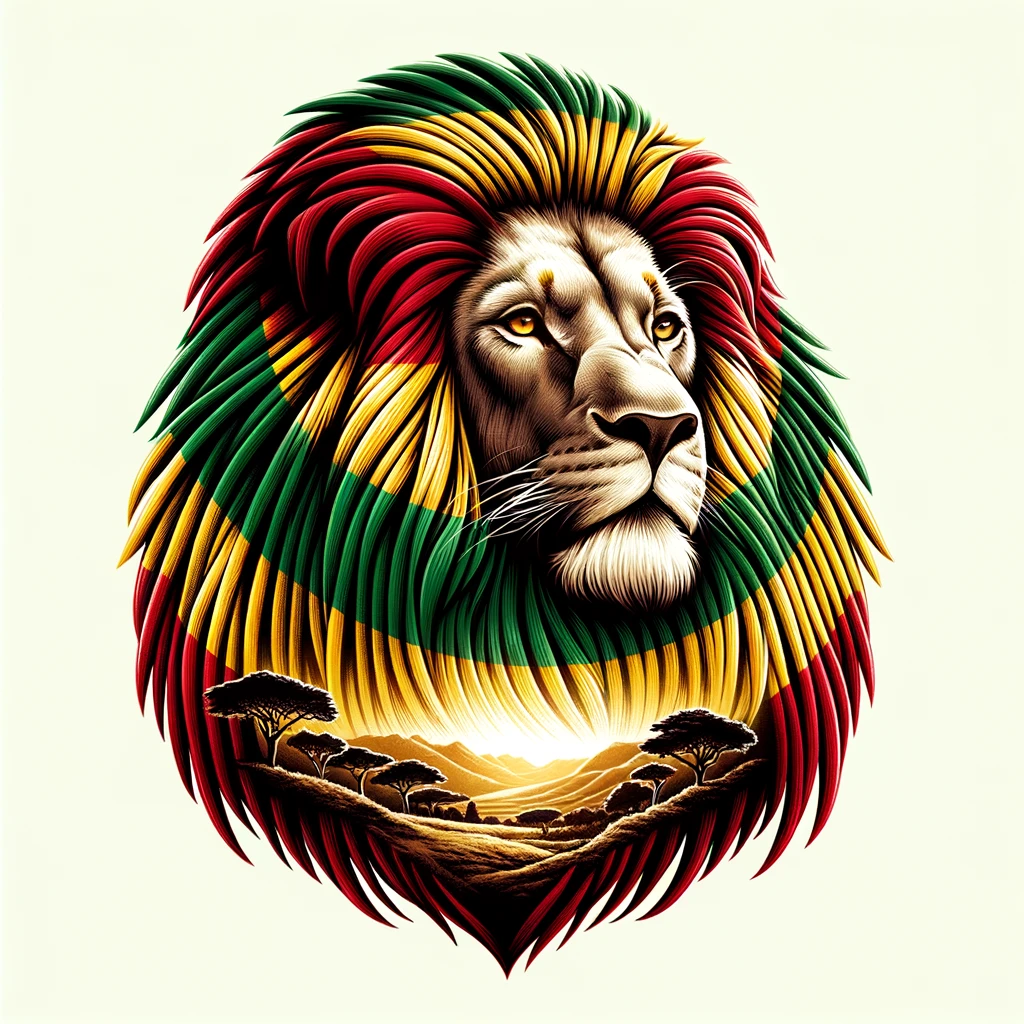The Lion of Judah is a powerful symbol in Rastafari culture, representing the strength, kingship, and divine legitimacy of the movement. This blog post delves into the layers of meaning behind this emblematic figure.
1. Biblical Origins
The Lion of Judah originates from biblical scripture, specifically from the Book of Genesis, where Judah, one of the twelve tribes of Israel, is likened to a lion. In the Rastafari perspective, this symbol is further associated with the prophecy in the Book of Revelation that speaks of the “Lion of the tribe of Judah,” which is seen as a reference to Emperor Haile Selassie I of Ethiopia.
2. Connection to Haile Selassie I
For Rastafari, Emperor Haile Selassie I is the embodiment of the Lion of Judah. His official title included “King of Kings, Lord of Lords, Conquering Lion of the Tribe of Judah,” linking him directly to biblical prophecy and reinforcing his central role in Rastafari theology. The lion symbolizes Haile Selassie’s perceived divine nature and his role as a messianic figure who fulfills the promise of return to the African homeland.
3. Representation of Strength and Resistance
The Lion of Judah also stands as a symbol of resistance against oppression and the fight for freedom. It embodies the strength and dignity of the African diaspora and their struggle against colonialism and racism. This symbol inspires Rastafarians to uphold their dignity, assert their rights, and strive for sovereignty and self-determination.
4. Cultural and Artistic Influence
The Lion of Judah has transcended religious symbolism to become an icon in art, music, and popular culture, particularly within reggae and Rastafari-inspired art. It often appears in Rastafari imagery, crafts, and garments, serving as a reminder of the movement’s ideals and the unity of its followers.
Closing Thoughts
The Lion of Judah is more than just a symbol; it is a profound expression of identity, resistance, and divine kingship in Rastafari culture. It continues to inspire and unify Rastafarians worldwide, embodying their struggles and aspirations.

